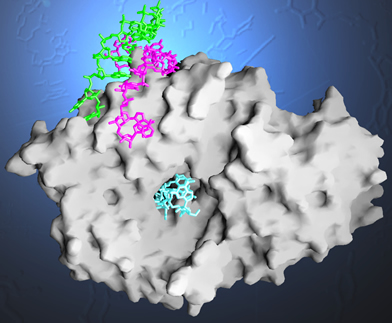Jun 1 2005
A report by Yale scientists in the journal Cell sheds new light on how the protein Ro, a major autoantigen in patients with autoimmune disease, recognizes misfolded RNAs, creating a RNA quality control system for cells.

The quality control process in the cell has been well-studied for the DNA and messenger RNA (mRNA) components for making proteins. However, little was known about what cells do with abnormal or misfolded RNAs that are not translated into protein -- such as ribosomal RNAs (rRNAs), transfer RNAs (tRNAs), and small nuclear and cytoplasmic regulatory RNAs. This work describes a molecular mechanism of RNA quality control.
In the autoimmune disorders systemic lupus erythematosus and Sjogren's syndrome, Ro is known to be an autoantigen, and autoimmune disease develops in mice that lack Ro protein. This study demonstrated a connection between binding of normal RNA and "disposal" of abnormal and misfolded RNAs by Ro protein.
Collaboration between the laboratories of Assistant Professor Karin M. Reinisch and Associate Professor Sandra L. Wolin in the department of Cell Biology used both crystallography and biochemistry to visualize how Ro interacts with these RNAs.
"The crystal structures of Ro revealed two distinct RNA binding sites, one of which recognizes misfolded small RNAs. Unlike most proteins, Ro has a hole through the middle - and the hole is used in distinguishing these RNAs," said Reinisch.
Mothers with anti-Ro antibodies often have babies with heart signal conduction defects; some scientists believe that the antibodies may cause the defects. "Although Ro is a major human autoantigen, how the molecule is recognized by patient autoantibodies was not fully determined. So, understanding these features of the Ro protein may allow the design of drugs to block the interaction between the antibodies and Ro," said Wolin.
The research team consisted of members from the Reinisch and Wolin lab groups-- Adam J. Stein, Gabriele Fuchs, Chumei Fu. Wolin is also an investigator of the Howard Hughes Medical Institute. The work was funded by grants from the G. Harold and Leila Y. Mathers Foundation, the Pew Charitable Trust, and the National Institutes of Health.